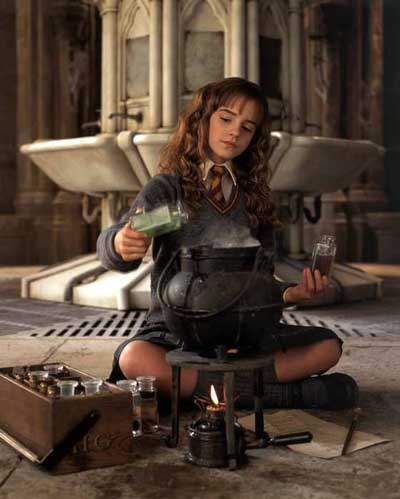Put a few chunks of mossy zinc into the solution and allow to bubble away the blue. BLUE=BAD! When it's colorless, the excess zinc must be dissolved. To do this, add 2 M H2SO4 in one-ml portions. Keep adding until no more gas bubbles are produced. Allow red copper to settle. Filter the copper, let it sit. Weigh copper in filter paper. Subtract weight of filter paper.

Zinc, zinc, zinc it up!

Zinc bubbling away the blue.

Our liquid was finally clear rather than blue, with our copper in the bottom.


Sarah was making sure we didn't lose our copper by sucking it up from the table with a clean pipette!
This reaction is defined as single replacement because the SO4 goes from being attached to the Cu to instead the Zn through the reaction. The driving force is transfer of electrons, so it is a redox reaction and the Cu is formed as a solid because the CuSO4 dissolves away all the Zn.




















